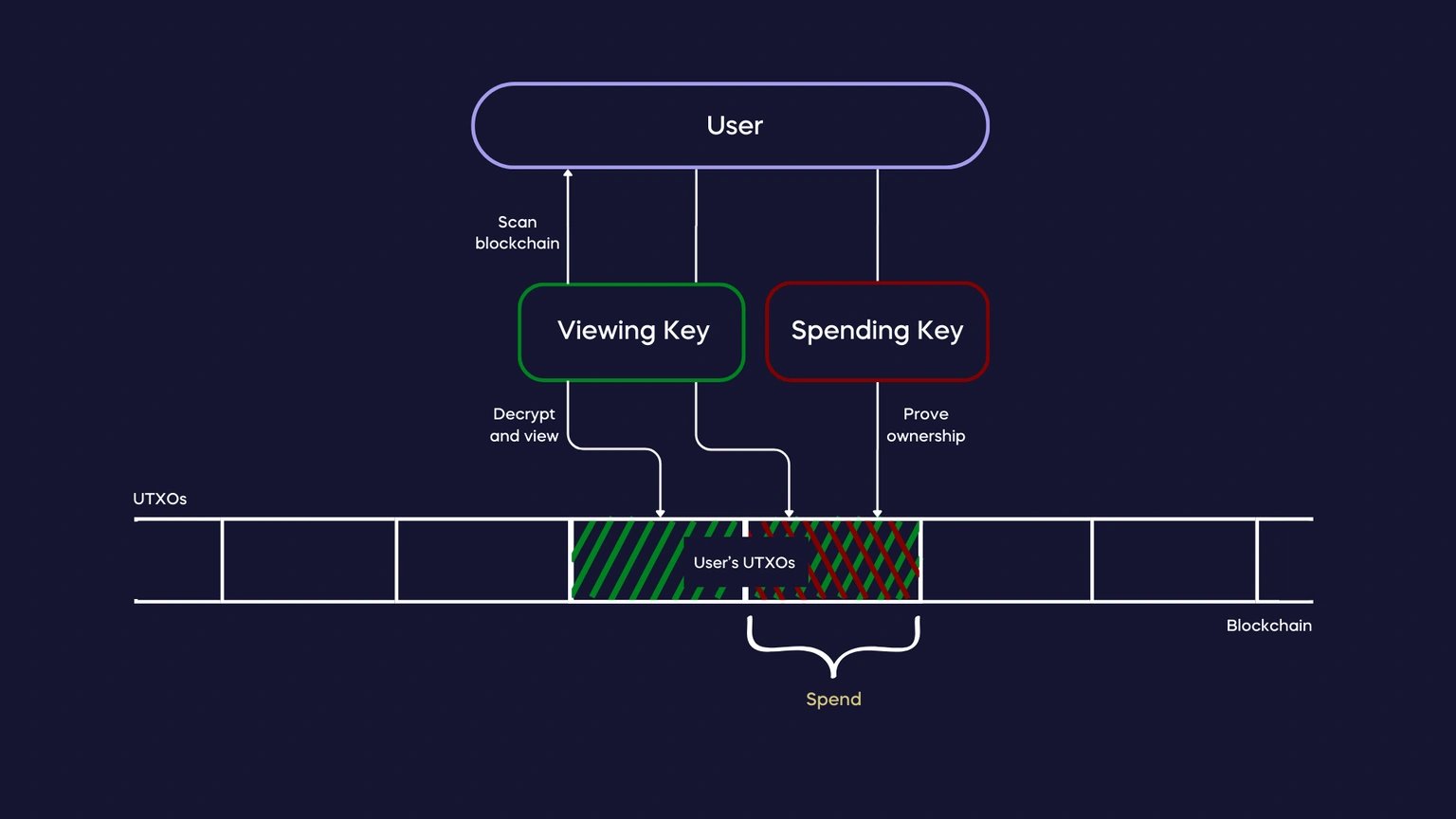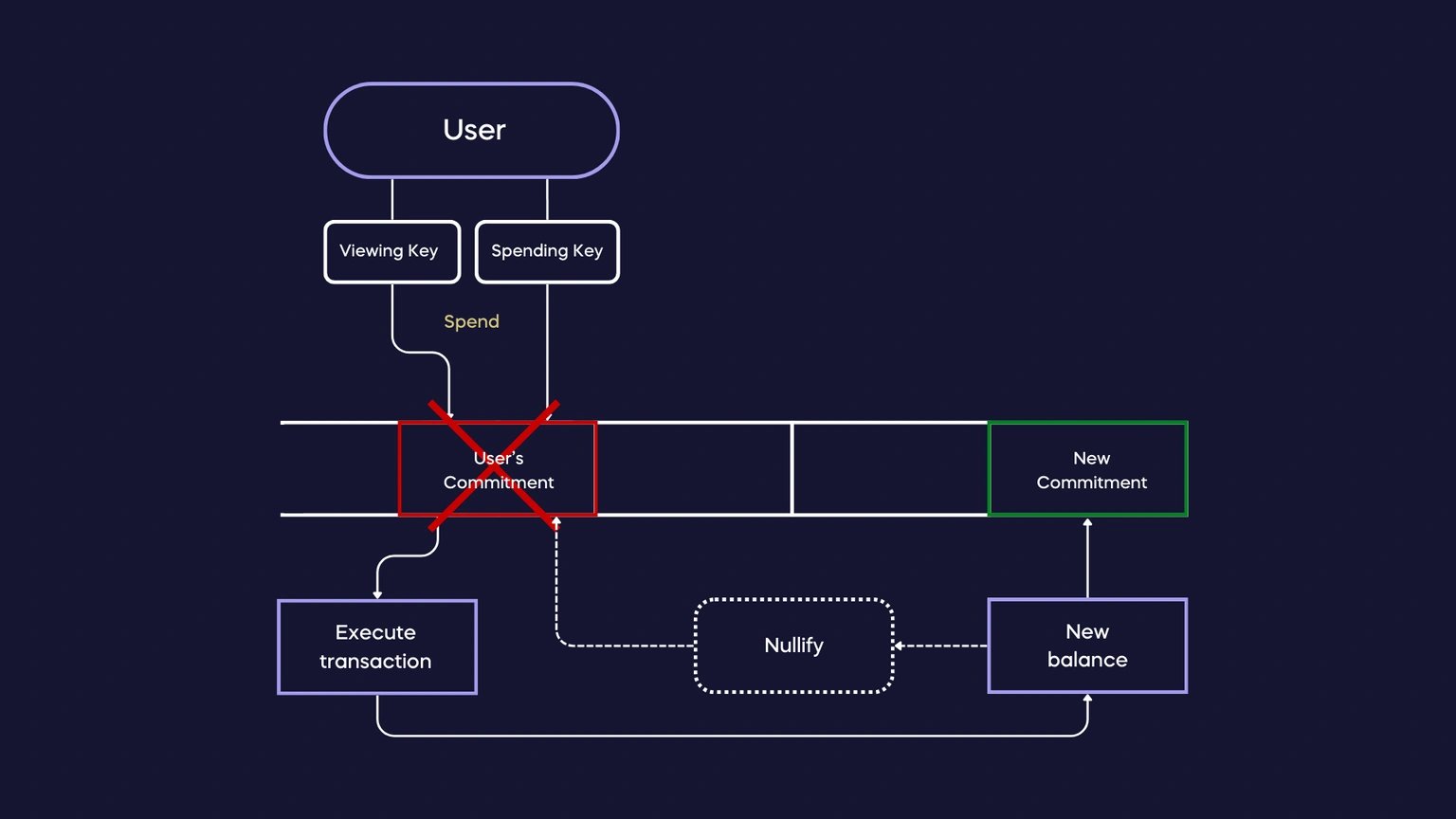订阅 wiki
Share wiki
Bookmark
Hinkal
Hinkal
Hinkal 是一种专为机构使用而设计的zk协议,旨在促进谨慎的链上交易。它允许创建屏蔽地址,并使流动资金和零售用户能够在主要的去中心化应用程序(dApps)上进行交易,而无需隐藏交易的来源、目的地和价值。[1]
概述
Hinkal允许接受ETH/ERC-20代币作为存款。这些代币随后可以进行交换、质押、收益耕作、转移或提取,而无需将它们与原始存款地址关联。用户会获得一个屏蔽地址,他们的代币在存款后存储在该地址中。[2]
Hinkal采用zkSNARKs来促进谨慎的交易,使用户能够在不披露关键细节(如来源和目的地地址或交易金额)的情况下验证交易的有效性。为了管理开销gas费用和滑点,Hinkal利用隐身地址。所涉及的代币金额在提交交易之前确定,用户承担交易成本。隐身地址在交易交换之前生成,允许协议执行交易,支付相关成本,并将预期成本与实际成本之间的任何差额返还给用户的屏蔽地址。[2]
Hinkal可在Ethereum、Arbitrum、Optimism、Base、Polygon、BNB Chain和Avalanche主网上使用。[3]
支持的钱包包括Metamask、Coinbase钱包以及任何注入的钱包(如Rabby)。它还集成了WalletConnect,使用户可以使用兼容的钱包(包括机构投资者使用的钱包)与Hinkal进行交互。[4]
交易
Hinkal促进主要dApp上的谨慎交易。该团队已集成Odos、Uniswap、1inch、Curve、Convex、Beefy、Lido和Pendle。[5]
存款
对于存款,用户可以选择任何数量的ETH或ERC-20代币。存款将ERC代币转换为相同价值的代币承诺,该承诺与预期承诺所有者的Hinkal公钥相关联。成功的存款会将承诺存储在Merkle Tree智能合约中。Hinkal不收取存款佣金。[6]
交换
Hinkal交换使用户能够使用来自Odos、Uniswap和1inch的中继器和API谨慎地交换ERC-20代币。当用户发起交换时,他们会生成一个zk证明,确认他们有资格交换资产。交换交易似乎来自中继器的地址到Hinkal Pool智能合约。然后,Hinkal Pool使用Odos、Uniswap或1inch的智能合约执行交换。如果交换失败,则交易将被还原,从而防止额外的承诺或无效器。该协议基于UTXO的模型要求在zk证明生成期间知道交换的金额,但当前区块中其他交换交易的数量仍然未知,从而导致用户和中继器的滑点不同。[7]
质押、收益耕作和交易
Hinkal收益耕作允许用户将代币存入流动性池,质押这些代币以获得奖励,并使用中继器谨慎地取消质押和提取代币。目前,Hinkal支持Curve、Convex、Lido和Beefy池,并计划将来添加更多池。[8]
当用户想要与流动性池交互时,他们会生成zk证明以确认该操作的资格。要声明奖励,他们会生成zk证明,证明他们有权获得特定金额的资金。然后,中继器执行交易。[8]
在交易期间,Hinkal Pool调用Curve、Convex、Lido或Beefy的智能合约。如果操作失败,则整个交易将被还原,从而防止创建额外的承诺和无效器。[8]
与收益耕作类似,Hinkal允许用户通过集成Pendle谨慎地执行收益交易策略。Pendle的智能合约通过外部操作合约处理代币交换、铸造、赎回和奖励声明的所有交易逻辑。YT代币是计息的,首先被包装,然后存储在Hinkal Pool智能合约中。[8]
由于该协议遵循基于UTXO的模型来处理承诺和无效器,因此用户希望声明的奖励金额必须在zk证明生成期间已知。但是,在提交交易时,当前区块中其他交易的数量仍然未知。[8]
技术
密钥和屏蔽地址
每个Hinkal帐户由两个主要组件组成:查看密钥对和消费密钥对。查看密钥对用于解密用户拥有的承诺,而消费密钥对用于将票据从关联帐户转移到其他帐户。[9]

查看密钥用于扫描区块链以查找属于其所有者的UTXO或承诺。解密后,这些可以与消费密钥一起用于证明生成。另一方面,消费密钥用于证明这些UTXO的所有权,使用户能够消费它们。它还参与证明生成。Hinkal帐户是通过让用户签署消息从Ethereum帐户创建的,Hinkal密钥由此派生。此过程确保任何有权访问其Ethereum帐户的人都可以通过签署消息来访问其Hinkal帐户。[9]
无效器和承诺
每次用户使用Hinkal执行交易时,浏览器钱包都会计算零知识证明(ZKP)并创建或无效化承诺。承诺是一种加密技术,允许用户承诺一个选定的值,同时将其对其他人隐藏,并能够在以后显示该值。承诺是在存款、转移和交换期间创建和消费的。无效器是通过承诺和屏蔽私钥的单向哈希函数生成的。进行交易时,承诺将被无效化并记录在链上。此机制确保承诺不能重复使用。[10]

用例
用例包括:[11] 机构用例
- 谨慎的链上策略:机构可以实施链上策略,而无需市场可见性,从而防止复制交易和抢先交易,并保护LP的利益。
- 谨慎的代币清算:风险资本家和协议金库可以谨慎地清算代币,代币直接发送到屏蔽地址,从而隐藏接收者和清算者的身份。
- 付款/转账:促进安全和私密的付款和转账。
- 资产安全:增强对大量资产持有量的安全性,从而降低被黑客攻击的风险。
- 团队的代币接收:团队可以直接将代币接收到屏蔽地址,从而确保隐私。
- 收益耕作隐私:收益耕作者可以混淆钱包连接,从而在他们的活动中保持隐私。
- 付款/转账:实现安全和私密的付款和转账。
- 资产安全:保护个人资产持有者免受黑客攻击。
资金
Hinkal是在斯坦福大学开发的,得到了Draper Associates、SALT、Psalion、No Limit Holdings、PEER VC、Aquanow、Draper Dragon、NGC Ventures、Orange DAO、Web3.com Ventures、Quantstamp、Superblock以及来自Animoca、Menlo Ventures和Bitfury的个人投资者的投资支持。[12]
发现错误了吗?
